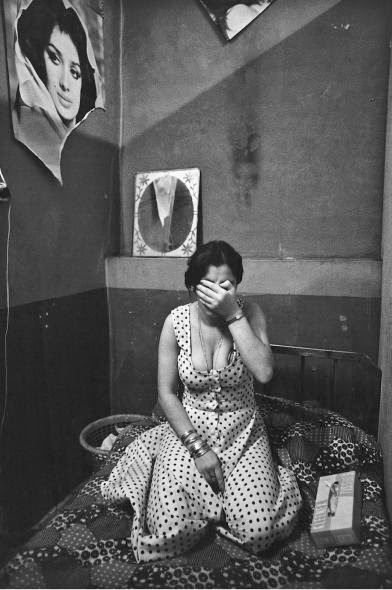If you don't know what I am talking about, watch this video first.
Each and every project finalists for Curate Award is worth to get attention and be exhibited. The projects are bold, very creative and diverse covering various topics such as aging, migration, architecture, shantytowns or informal settlements, approach to art, cultural anthropology, refugees, extinct species, two projects on food and food habits, art created by underprivileged groups, personal memories, research on new forms of art, destroying art instead of creating it, science-inspired art, sound and silence, Syrian artists and their approach to continuity in turmoil political situation, approach to copying in contemporary Chinese art, - that's what Curate Award was aiming at!
However, the initiatives that Curate Award has published on its Facebook page so far* failed to fulfill the call that anyone can curate anything since all of the selected ideas are generated by already established art/architecture professionals. An attempt to open up the gates of arty ivory tower and equality to bring "your ideas on a bigger scale" (source: promo video) has failed to embrace at least one "Cinderella" that is doing something different than curating exhibitions in established institutions or independently. Without knowing much about the backstage as the process was not transparent at all as well as delayed by more than a month (whether it was because of huge inflow of applications, heating discussions and tough decisions or simply busy schedule of the jury or all at once), it is difficult to understand how diverse was the background of the applicants and what went wrong with such a cool idea and what mechanisms were present or missing to manage the selection process.
We know only that 63 countries entered the competition. Source: Curate Award FB page
Not restricting the media/topic and being open to anyone was a very risky path but rewarding in terms of media coverage and public expectations. The diversity and strength of the projects prove that it indeed helped to nurture creativity. Nevertheless, the selection results proved that Curate Award is not different from any exclusive and chamber event for those in the art world.
* from the list of the finalists, the only two projects not yet presented on FB page could be the two outliers developed by non-arty people: "The Power of Words Exhibition" developed by people from PR & Communication background from Qatar and "The Reader Digested" project as the authors are MIT researchers.
* from the list of the finalists, the only two projects not yet presented on FB page could be the two outliers developed by non-arty people: "The Power of Words Exhibition" developed by people from PR & Communication background from Qatar and "The Reader Digested" project as the authors are MIT researchers.


















































